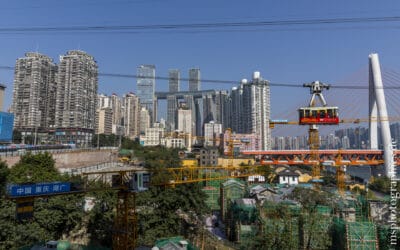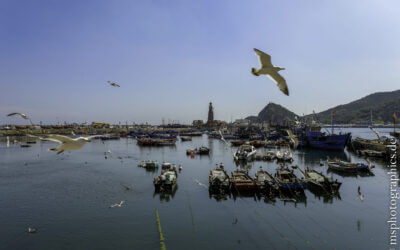City trip Spain by train – travel planning:
Arrival in Seville:
In Seville I booked the Hotel Fernando III for two nights. It is located in the historic district of Santa Cruz and is just over a kilometer from the train station.
Some sights, such as the Alcázer Gardens, are in the close neighborhood.
The property features a rooftop pool with stunning views over the rooftops of Seville. Unfortunately, the pool is only open during the summer months, from June to September. Because of the hot summer months, the most attractive time to visit the city is actually spring.
The included breakfast buffet is rich, fresh and delicious.
Walking through Seville:
Although there is a subway in Seville, walking is best way to explore the old town. There is plenty to discover that is missed, when driving through the underground. You can also enjoy the fantastic, summery weather on the surface.
Especially in the narrow, cobbled streets you can get a lot of the flair of the capital of Andalusia.
The Gardens of the Alcázar:
The medieval royal palace Alcázar and its gardens are one of the most important monuments of Seville.
Most of the complex that remained until today was built from 1364 on top of Moorish ruins in the Mudéjar architectural style. Today it is one of the best-preserved buildings of this kind and has been declared a UNESCO World Heritage Site in 1987.
The gardens were designed much later than the buildings and have been modified several times over years.
To experience the magnificent purple blooms of the Jacaranda trees, you need to visit Seville in May. These trees give a very special atmosphere to the old town and the Alcázar.
The Giralda, the bell tower of Seville Cathedral:
From the top you have a wonderful view over the city center.
The Plaza de Toros Seville:
The Plaza de Toros Seville is Spain's largest and most important bullring. It was built in the 18th century and offers space for 13,000 spectators.
There is also a museum in the arena with many important facts about the fights that took place here, as well as general information about bullfighting.
We were picked up by our guide at Guadalquivir, the fifth longest river in Spain, we set off to discover the other sights of Seville.
Blickt man von der Stierkampfarena in nördlicher Richtung, so ist in der Ferne das Riesenrad des Freizeitparks „Isla Mágica“ zu erkennen.
Also north, on the opposite bank of the river, is Andalusia's tallest building, the Torre Sevilla.
The Torre del Oro:
The Torre del Oro, translated Gold Tower, is a formerly used military tower for defense against enemy ships.
The tower, built around 1220, was later used as a deposit for precious metals. Since 1944, the Torre del Oro has housed a maritime museum, which brings visitors closer to the Spanish seafaring history.
The Setas de Seville:
The Setas de Seville is a hybrid construction made of wood, metal and concrete, modeled on mushrooms. The building provides shade and offers a panoramic path on the roof.
From the roof of the Setas de Sevilla, you have a good view over the city in all directions.
Also in Seville, the contrast between historic buildings and a modern appearance of the city is omnipresent. The trams, which are operated without overhead lines and only have their power supply at the stops, are fascinating.
The Plaza de España:
The Plaza de España is the best known and also the most famous square in Seville. It was built in 1929 as part of an exhibition and was set for several movies.
With an area of 50,000 square meters, it is one of the largest and most impressive squares in Spain.
The Plaza de España can be explored both on foot and by rowing boat on a canal that is more than 500 meters long.
Walking back from Plaza de España in the direction of the Alkázar, you cross an avenue of flowering Jacaranda trees.
Behind the Alkázar are the Jardines de Murillo, a park with palm trees and flowering shrubs. This park, due to the numerous benches and few visitors, is the ideal place to relax a bit before the end of your visit to Seville.
Conclusion:
Seville is not only the capital of Andalusia, but also has the largest old town in Spain. This makes the city particularly attractive and worth seeing.
Two days were by far not enough to discover everything that Seville has to offer, but we were able to experience the many facets of the city and feel the special flair of Andalusia.
The summer months are usually too hot for a city break. Therefore, a visit in spring or autumn is recommended. If you don't want to miss the splendor of the Jacaranda trees, you should visit Seville in May.
At this time, the temperature is still bearable and the trees are in full bloom.















































0 Comments